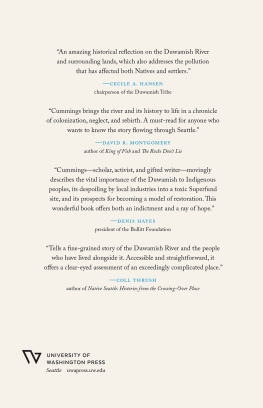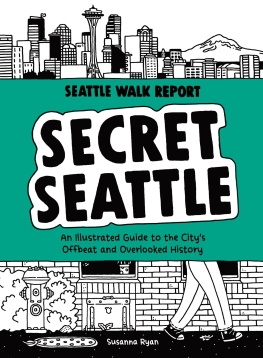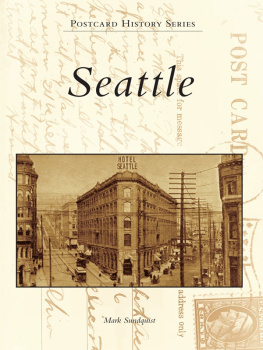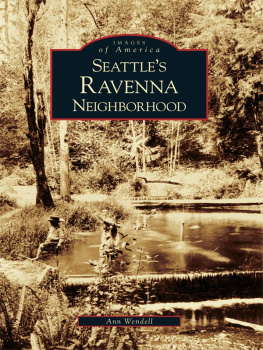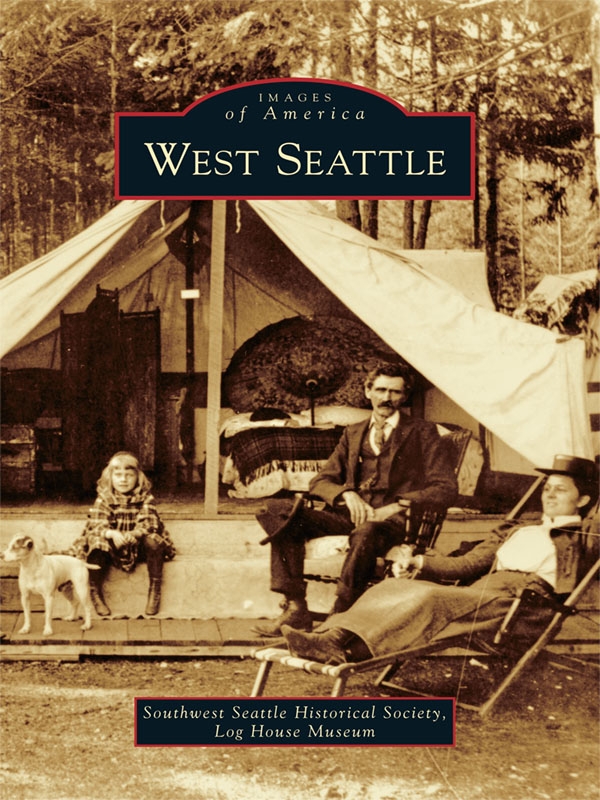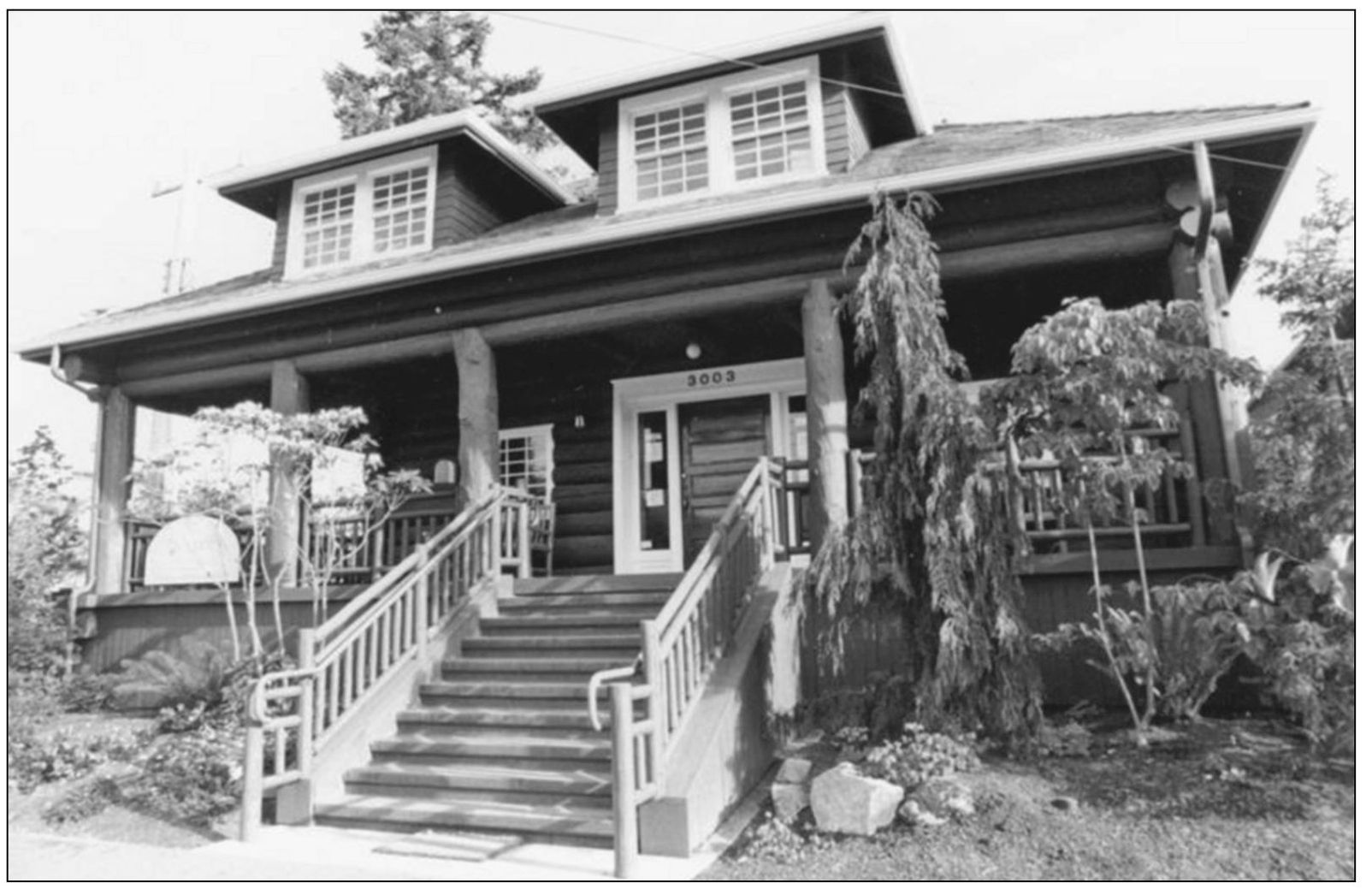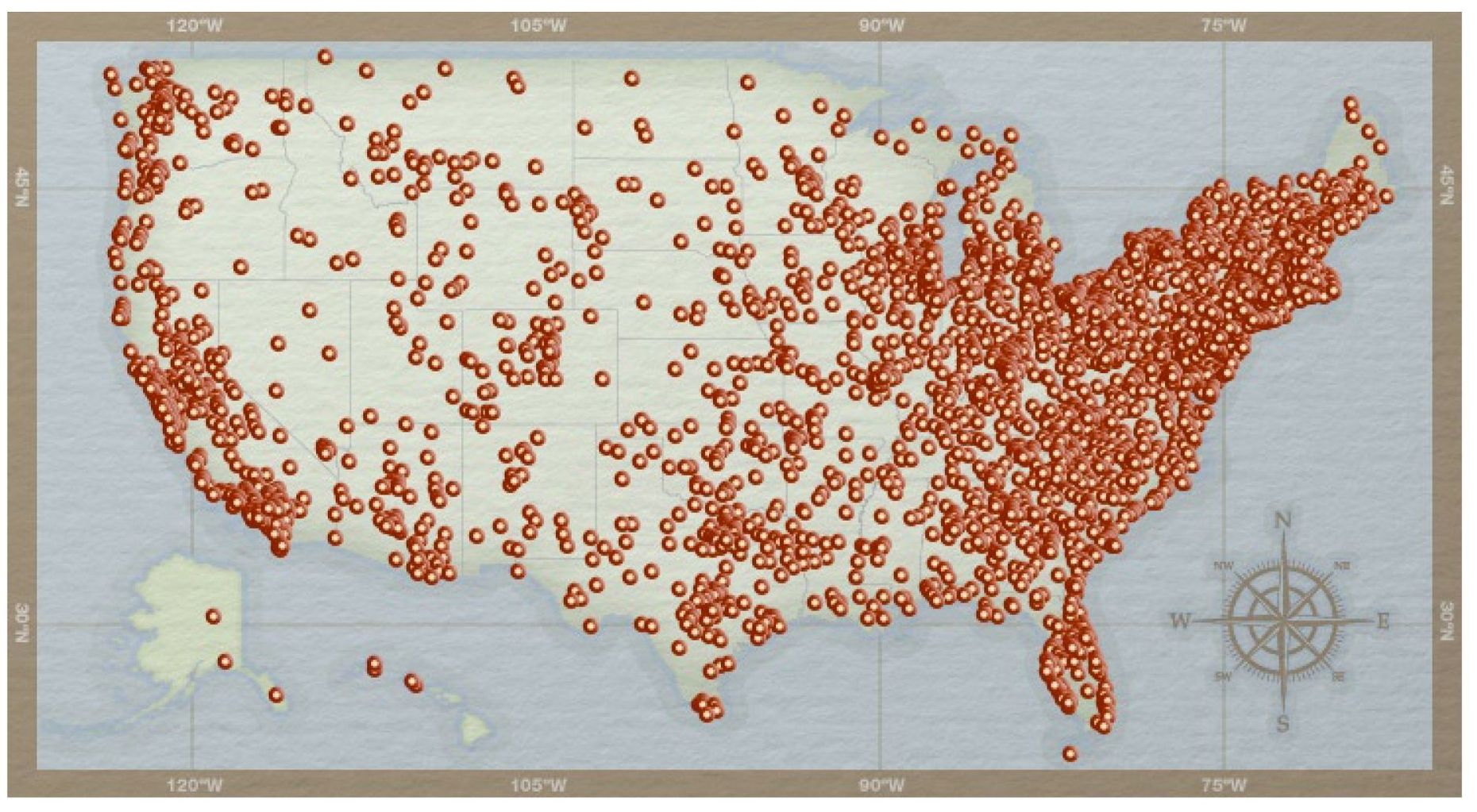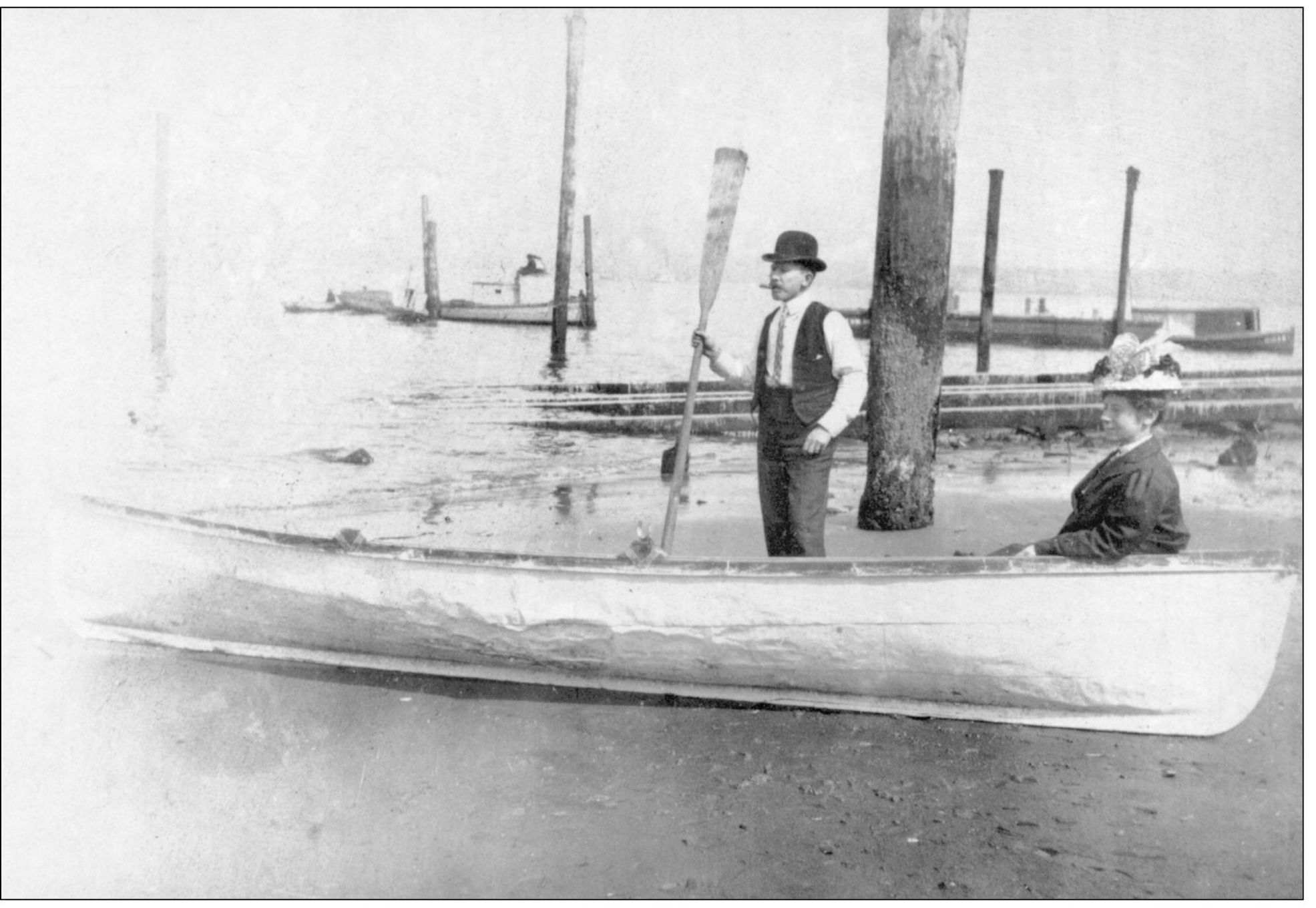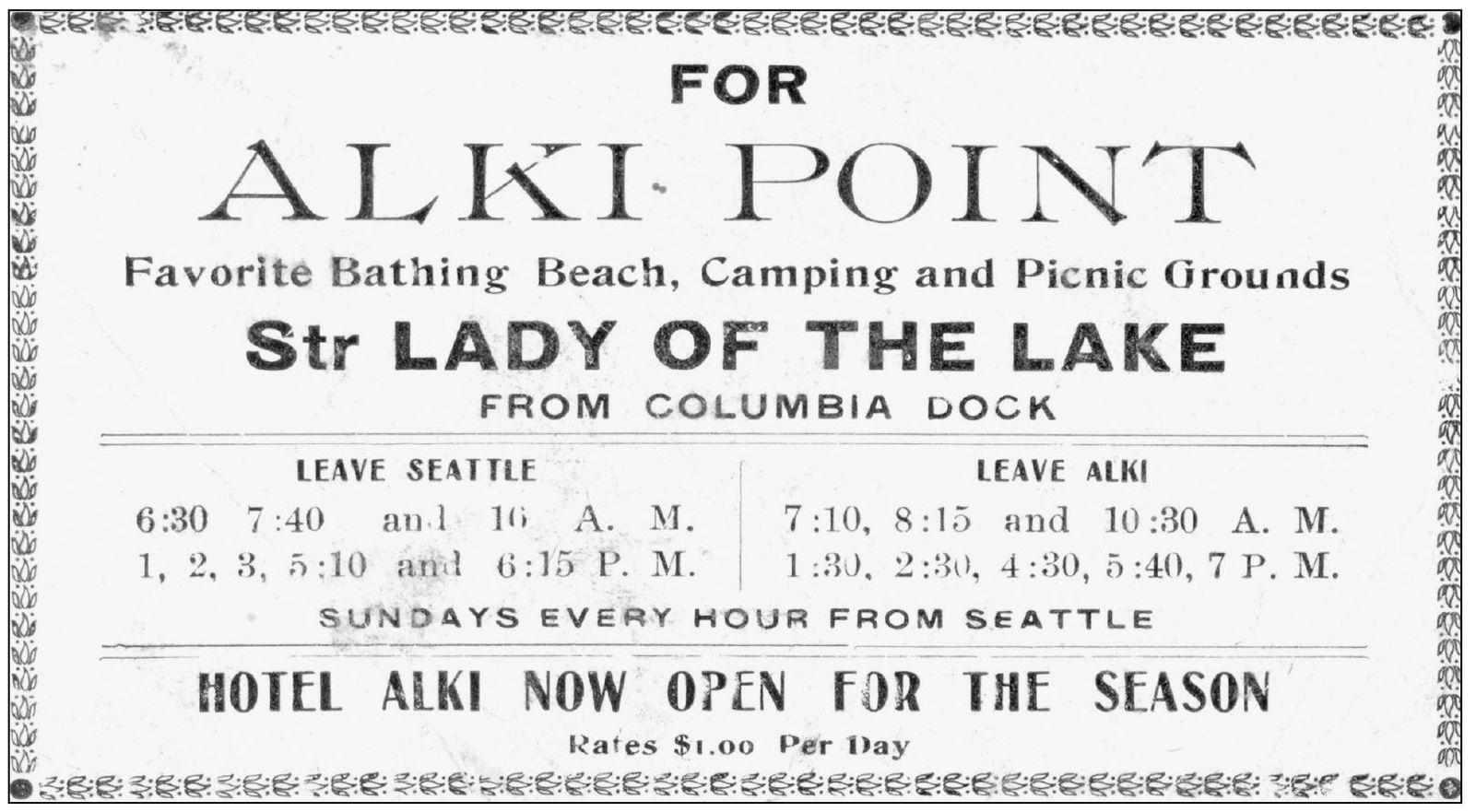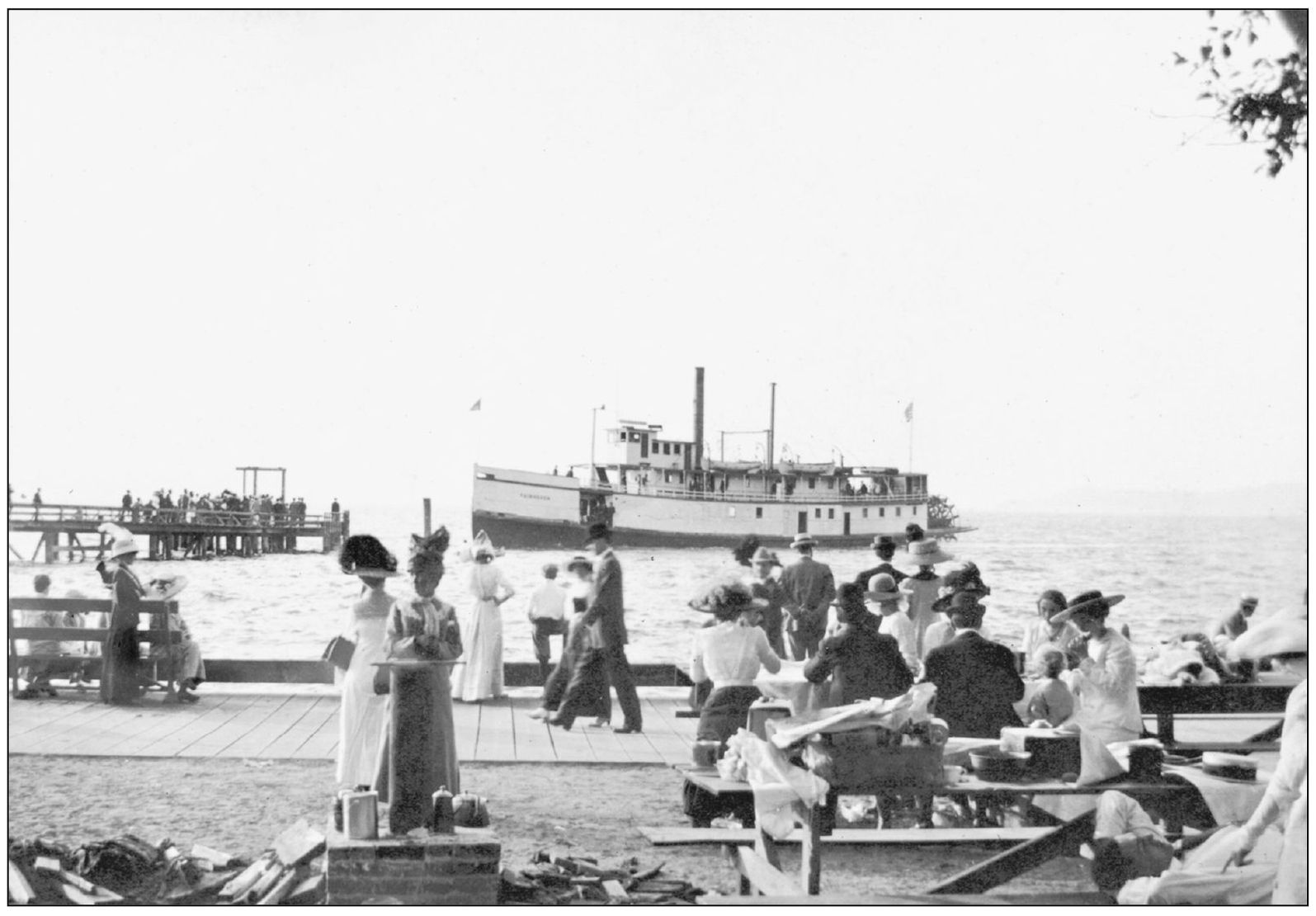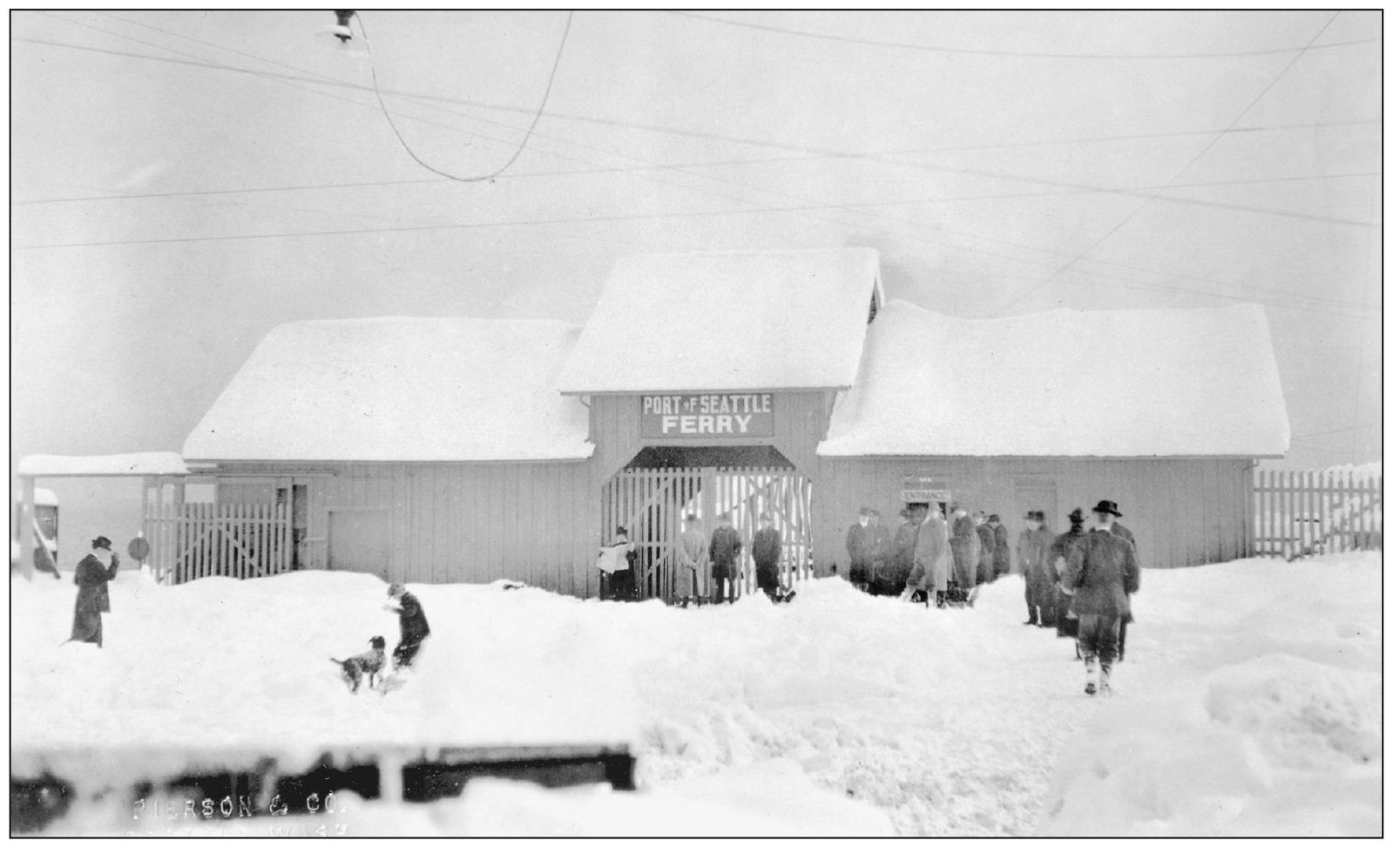ACKNOWLEDGMENTS
I would like to thank the following individuals and organizations: three longtime volunteers, Bob Carney, Don Kelstrom, and Alan Peterson pulled together the photographs and research found within these pages from the Log House Museum archives, the Museum of History and Industry (MOHAI), Seattle Municipal Archives, Puget Sound Maritime Historical Society, University of Washington Libraries Special Collections, Burien Library, Puget Sound Regional Archives, West Seattle Herald , John Kelly, Jackie Scott, David Chapman, Donald Kelstrom, Robert Carney, Patricia Filer, Alan Peterson, the Vann Brothers, Mike Butler, and the Miller family. Unless otherwise credited, all phographic images are from the collections of the Southwest Seattle Historical Society located at the Log House Museum. Museum collection manager Sarah Frederick navigated the project in her usual skilled, professional manner with a spark of humor. Jay Mora patiently waded through technologically challenged images and worked his own magic. John Kelly researched questions and solved mysteries so that Brandie Thompson Carlson, JoAnne E. Dyer, Sukie Juhan, Katie Meyer, and Todd Stephenson had rich source materials to craft the text within these pages. Waiting in the wings until the end of the project were Susan and Fred Madrid who stepped in to do finish work on digital images, layout, and the final edit. Their achievement is that this book is consistent and in order. The key ingredient to this project was Bob Carney. Without his endless volunteer hours, focus, depth of knowledge, and love of West Seattle and White Center history, this book would still be an idea, not in your hands. Finally, important to any project is the willingness to believe in ones staff and the ability to pay for the project. Thank you to the solid and consistent support of our museum donors, members, Judy Bentley, and the Southwest Seattle Historical Society board of directors, advisory board, and King County 4Culture for the special projects award. To quote a great Seattle bicyclist, Holy Smokes, everyone, good job!
Andrea Mercado, Director
Log House Museum
ABOUT THE LOG HOUSE MUSEUM
The Birthplace of Seattle Log House Museum is located in an authentically restored 1904 log structure. The former carriage house of the Fir Lodge estate was purchased by the Southwest Seattle Historical Society in 1995, restored, and converted into the Log House Museum. The surrounding gardens are filled with Northwest native plants. Museum exhibits reflect the heritage of the Duwamish Peninsula from 1851 to current times. A project of the Southwest Seattle Historical Society, the Log House Museum is a place to discover and celebrate the history of the Duwamish Peninsula and the birthplace of Seattle. A city of Seattle landmark, the award-winning facility is a community treasure. Volunteers and businesses donate skills, time, and funds to maintain and operate this local museum interpreting the history of southwest Seattle. We invite you to visit, tour, volunteer, and become a member!
CONTACT
Southwest Seattle Historical Society
Log House Museum
3003 61st Ave SW
Seattle, Washington 98116
WEST SEATTLE AND WHITE CENTER HISTORY
ONLINE RESOURCES
The Log House Museum
www.loghousemuseum.info
History Link
www.historylink.org
University of Washington Libraries Digital Collection
http://content.lib.washington.edu/
City of Seattle Archives
www.cityofseattle.net/CityArchives/
Don Sherwood Park History Files
www.seattle.gov/parks/history/sherwood.htm
Washington State Archives, Puget Sound Region
www.secstate.wa.gov/archives/archives_puget.aspx
The Museum of History and Industry
www.seattlehistory.org
Historic Seattle
www.historicseattle.org
Find more books like this at
www.imagesofamerica.com
Search for your hometown history, your old
stomping grounds, and even your favorite sports team.
One
GETTING TO WEST SEATTLE
Since roads were rough or nonexistent, a vast fleet of small steamships, known collectively as the Mosquito Fleet, transported passengers and freight to hundreds of small docks over Puget Sound. The Mosquito Fleet ships were so nicknamed because they were small and quick, flitting from one side of the sound to the other. Their heyday of operating was 18801920. In 1908, the Corona readied to launch from downtown Seattle for Alki Beach with a full deck of passengers. Capt. C. C. Guntert piloted it daily, excluding Sundays. That same year, the steamship fleet transported $15.6 million in cargo and two million passengers over Puget Sound waters.
Ida and Claude Outland are pictured in their boat at low tide near Bonair Drive SW in 1909. The ramp in the background was used for launching larger vessels after repairs. Many waterfront residents had their own small boats for fishing and transportation.
Around 1900, the steamship Lady of the Lake was in business competition with the City of Seattle ferry and mysteriously burned during a rate war for Seattle-to-West Seattle run passengers. The ticket advertises lodging at the Alki Hotel for $1 a day next to the favorite bathing beach, camping, and picnic grounds.
On the Alki boardwalk, finely dressed picnickers and beach strollers enjoy the view as the stern wheeler Fairhaven arrives at one of the docks on Alki Beach around 1900. The dock is located near the present-day Birthplace of Seattle monument. Mosquito Fleet steamers were a very common method for delivering passengers and cargo to West Seattle. The 130-foot-long Fairhaven was built in Tacoma in 1889 and served until its demise in 1918.
The West Seattle ferry terminal on Railroad Avenue (now Harbor Avenue SW) is shown around 1915. Ferry travel was advertised in the Westside Press (the precursor to the West Seattle Herald ) as more convenient and safer than by streetcarbesides it cuts the time of travel in half. While crowds of travelers were typical during the summer months, far fewer of them opted for the ferry during the winter. The terminal was located near the present-day Don Armeni boat launch.





